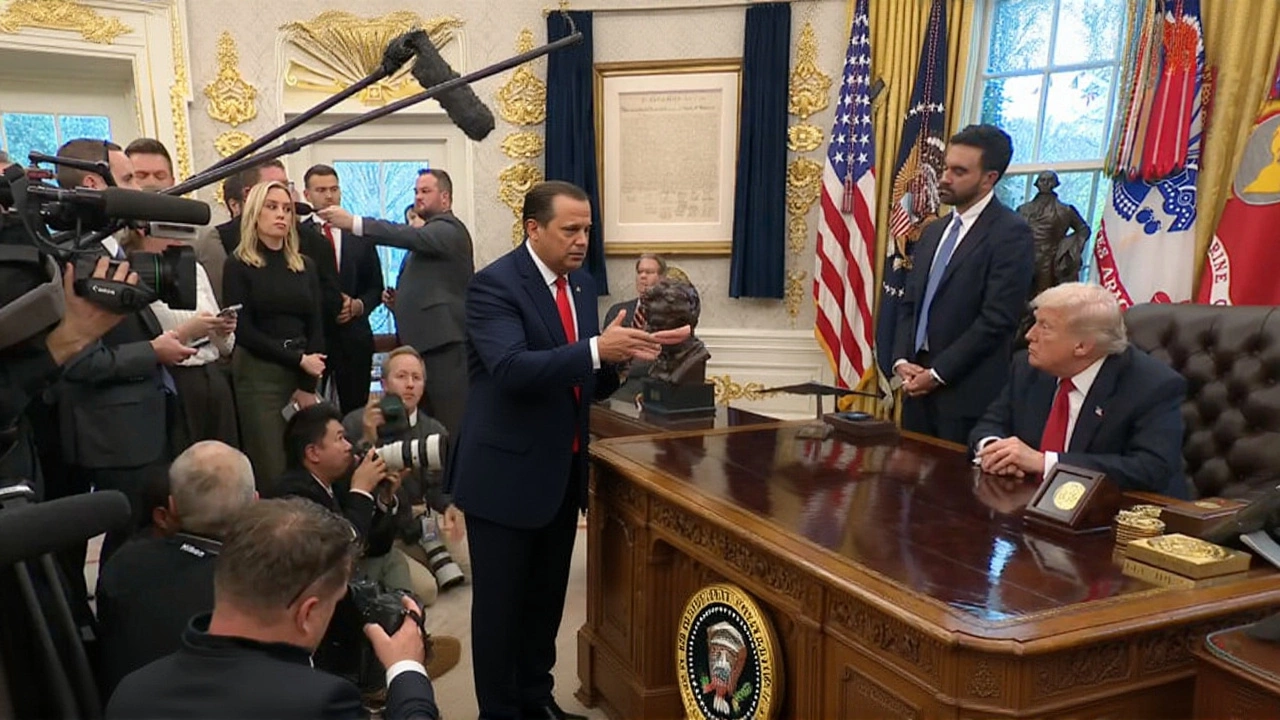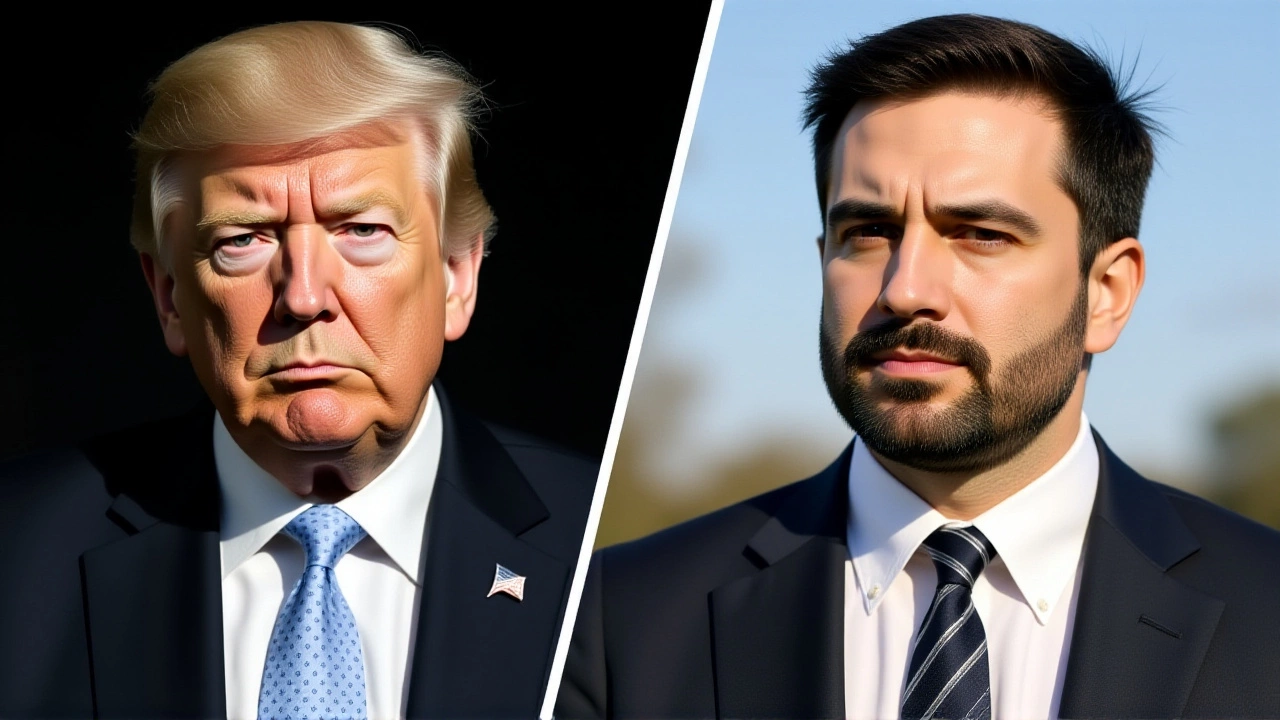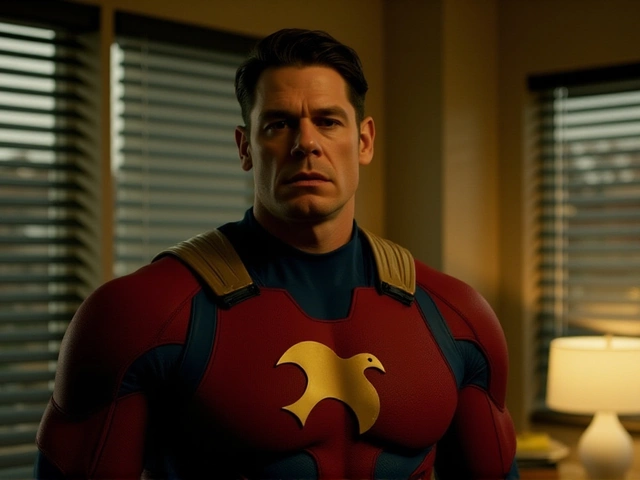
It wasn’t supposed to happen like this. After months of fiery exchanges — President Donald J. Trump calling Zohran Mamdani ‘a communist,’ and Mamdani firing back with ‘fascist’ comparisons — the two found themselves sitting across from each other in the Oval Office at the White House in Washington, D.C.. No grand speeches. No cameras rolling. Just a quiet moment of unexpected alignment on one of the most pressing issues facing American cities: housing and energy costs.
A Meeting That Defied the Script
The meeting, held in late 2025, was anything but routine. Mamdani, the newly elected Mayor-elect of New York City, was scheduled to take office in January 2026 as the city’s 110th mayor. Trump, the 45th president and a political force still shaping the national conversation, had spent months publicly ridiculing Mamdani — a democratic socialist and member of the Democratic Party — as a radical outsider. But in that room, the insults stopped. When a reporter pressed Mamdani on his past remarks, he began to explain. Trump cut him off. ‘It is ok, you can...’ — the sentence trailed off, but the intent was clear. He wasn’t interested in rehashing the past.Instead, he pivoted. ‘We’re going to work with Mamdani about lowering the cost of rent in New York City,’ Trump said, leaning forward. ‘Building additional housing units. And getting Con Edison’s prices down.’
Mamdani didn’t hesitate. He nodded. ‘I’m echoing this as well,’ he replied, according to Liz Landers, the White House correspondent who reported live from the grounds. The moment was small, but the symbolism was massive. Two figures from opposite ends of the political spectrum — one a billionaire populist Republican, the other a progressive socialist from Queens — had just agreed on a shared policy goal.
Why New York City Matters
New York City isn’t just big. It’s the economic engine of the nation. With 8.3 million residents, it generates nearly 10% of the U.S. GDP. Its housing crisis — with median rents climbing past $3,500 for a one-bedroom — has become a national bellwether. And Consolidated Edison, Inc. (Con Edison), which supplies power to 3 million customers across the city and Westchester County, has been under fire for rate hikes that outpace inflation by nearly 40% since 2020.Trump’s willingness to engage on these issues isn’t just about policy. It’s political strategy. For years, Republicans have painted progressive urban leaders like Mamdani as dangerous radicals — a narrative they hoped to extend to the entire Democratic Party heading into the 2026 midterms. But now, with Trump himself endorsing rent controls and utility regulation, that strategy is crumbling. ‘It will be very difficult for Republicans to tie the entire Democratic Party to Mamdani’s policies when we see that President Trump agreed with much of what Mamdani was talking about,’ Landers noted in her report.
A Historic Shift in Tone
This isn’t the first time a president and New York mayor have met in the Oval Office. The tradition goes back decades — from Giuliani and Clinton to Bloomberg and Obama. But never before has such a meeting followed such a public, personal feud. Mamdani’s initial comment — reportedly calling Trump a ‘deficit’ — was later clarified as a misstatement for ‘fascist.’ Still, the damage was done. Social media clips of Trump calling Mamdani ‘a communist’ went viral. Protesters held signs outside Trump Tower. Mamdani’s office received threats.So what changed? Sources close to the meeting suggest it was less about ideology and more about pragmatism. Trump, facing declining approval ratings among suburban voters and a looming 2028 presidential run, recognized that housing affordability is a bipartisan issue. Mamdani, meanwhile, needed federal support to scale his housing initiatives. Con Edison’s rates are set by the New York Public Service Commission — but federal pressure can influence state regulators. A joint statement, even a vague one, gives Mamdani leverage.

What Happens Next?
No timelines were announced. No funding commitments made. But the groundwork is laid. Both sides now have a shared talking point: ‘We’re working together on New York’s housing and energy crisis.’ That alone changes the political calculus.Next steps will likely involve a task force — possibly co-chaired by a White House housing advisor and a NYC Department of Housing Preservation and Development official. The White House may quietly push the Department of Energy to review Con Edison’s rate filings. Mamdani’s team is expected to propose a 10,000-unit affordable housing pilot program, potentially eligible for federal tax credits under existing laws.
And then there’s the 2026 election. Republicans are already scrambling. Some are quietly dropping Mamdani from attack ads. Others are trying to reframe the narrative: ‘Trump’s just playing politics.’ But the damage is done. Voters in swing districts — Pennsylvania, Michigan, Wisconsin — are watching. If a Republican president can agree with a socialist mayor on rent control, how radical is that idea really?
Why This Matters Beyond New York
This isn’t just about New York. It’s about what happens when the political extremes find common ground on everyday problems. Housing. Energy. Cost of living. These aren’t partisan issues. They’re human ones. And when leaders stop shouting and start solving — even if it’s just for a moment — it changes the conversation.Trump didn’t become president by being moderate. Mamdani didn’t win a crowded Democratic primary by compromising. But in the Oval Office, they found something neither expected: a shared interest in making life a little less expensive for millions of people.
Frequently Asked Questions
How does this affect New York City renters?
While no concrete policy changes were announced, the meeting signals federal support for rent stabilization and housing expansion. With Trump’s backing, Mamdani gains political cover to push for deeper rent controls and expedited approvals for affordable housing projects. The city’s 3.2 million renter households — nearly 70% of the population — could see slower rent increases if federal pressure leads to utility rate reviews and new construction incentives.
Why did Trump change his tone toward Mamdani?
Trump’s shift appears strategic. With 2028 in view, he’s positioning himself as a problem-solver, not just a provocateur. By aligning with Mamdani on housing and energy — issues that resonate across party lines — he undermines Democratic narratives while appealing to suburban voters struggling with costs. His interruption of Mamdani’s apology wasn’t kindness — it was control. He didn’t want the past to define the future.
Could this influence the 2026 midterm elections?
Absolutely. Republicans planned to use Mamdani as a symbol of Democratic extremism. Now, with Trump endorsing his core policies, that tactic backfires. Swing-state voters may question why GOP candidates are attacking a leader the president himself is working with. It weakens the GOP’s ability to paint all Democrats as radical — especially on issues like housing, which are deeply personal to millions of voters.
What role does Con Edison play in this agreement?
Con Edison is the linchpin. Its rates have risen 38% since 2020, hitting low- and middle-income households hardest. Trump’s push to ‘get those prices down’ suggests federal pressure on the New York Public Service Commission — which regulates the utility — could force a rate review. Even without direct control, the White House can delay approvals for new infrastructure projects unless rates are addressed, giving Mamdani a powerful lever.
Is this a sign of broader bipartisan cooperation?
Not necessarily. This is a targeted, issue-specific alignment — not a new era of bipartisanship. Trump and Mamdani still disagree on nearly everything else: immigration, climate policy, gun control. But they found common ground on two things that directly impact daily life: housing and energy bills. That’s enough to make headlines — and maybe, just maybe, to change lives.
What happens if Mamdani’s policies don’t deliver results?
If housing isn’t built or rates don’t fall, Trump could easily disavow the effort as a failure of local government — not federal policy. That’s the risk for Mamdani. He gains political cover now, but he’s under pressure to deliver tangible results by late 2026. If he doesn’t, the cooperation could become a liability, not an asset. The clock is ticking.




